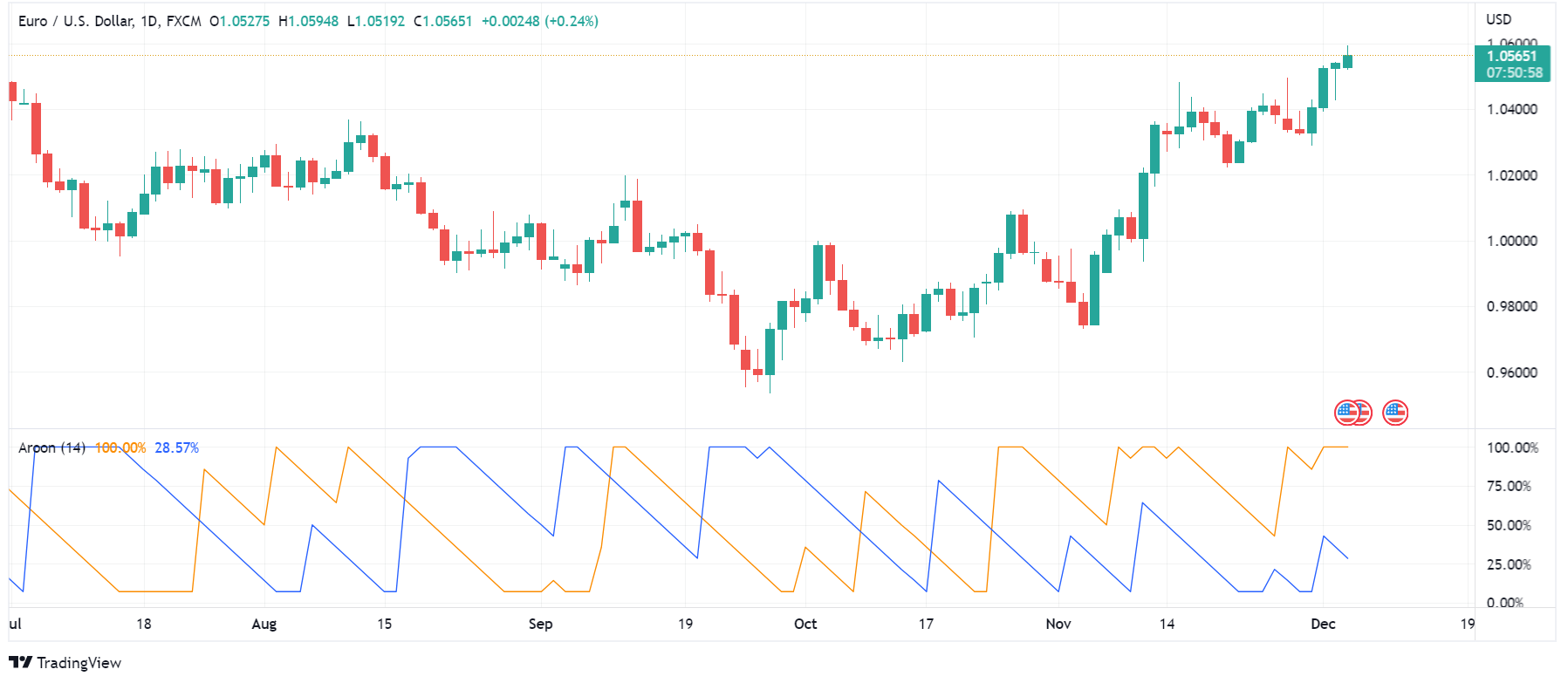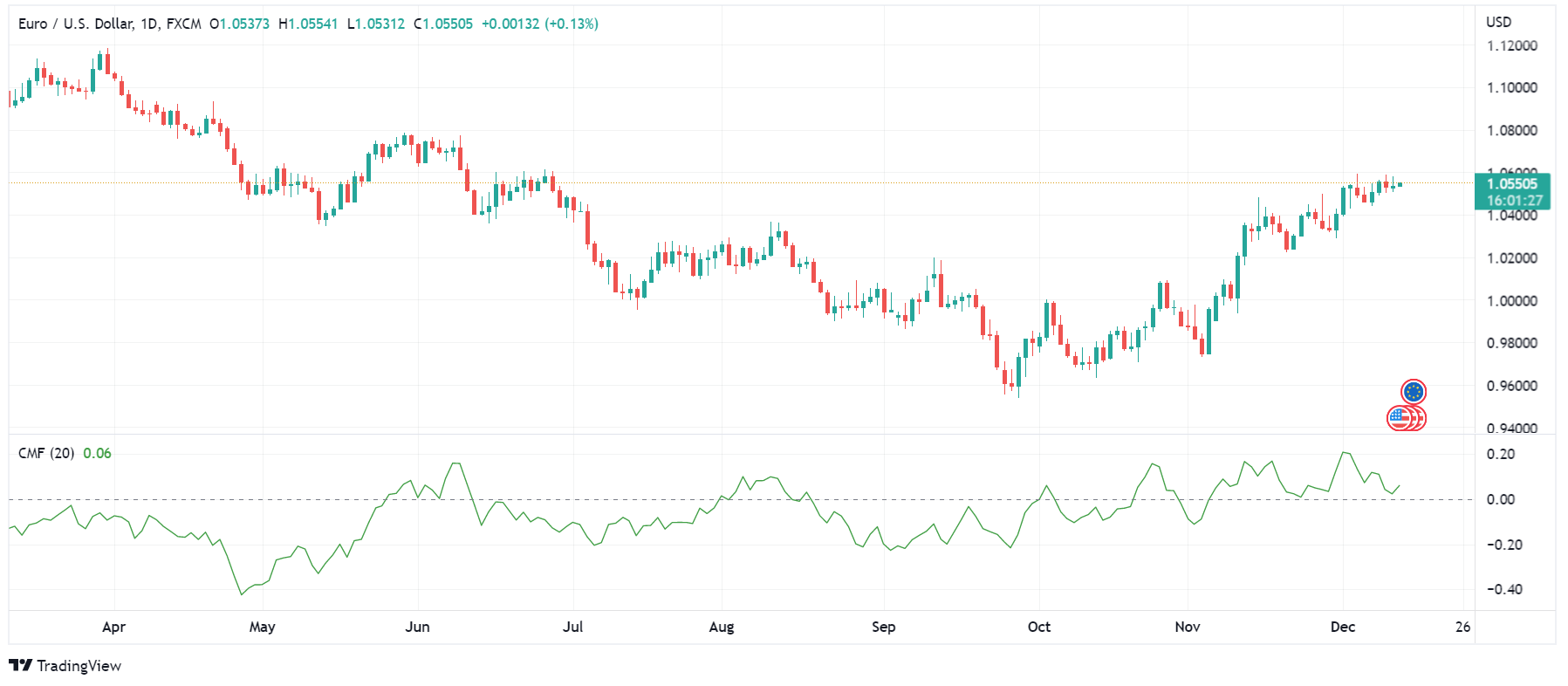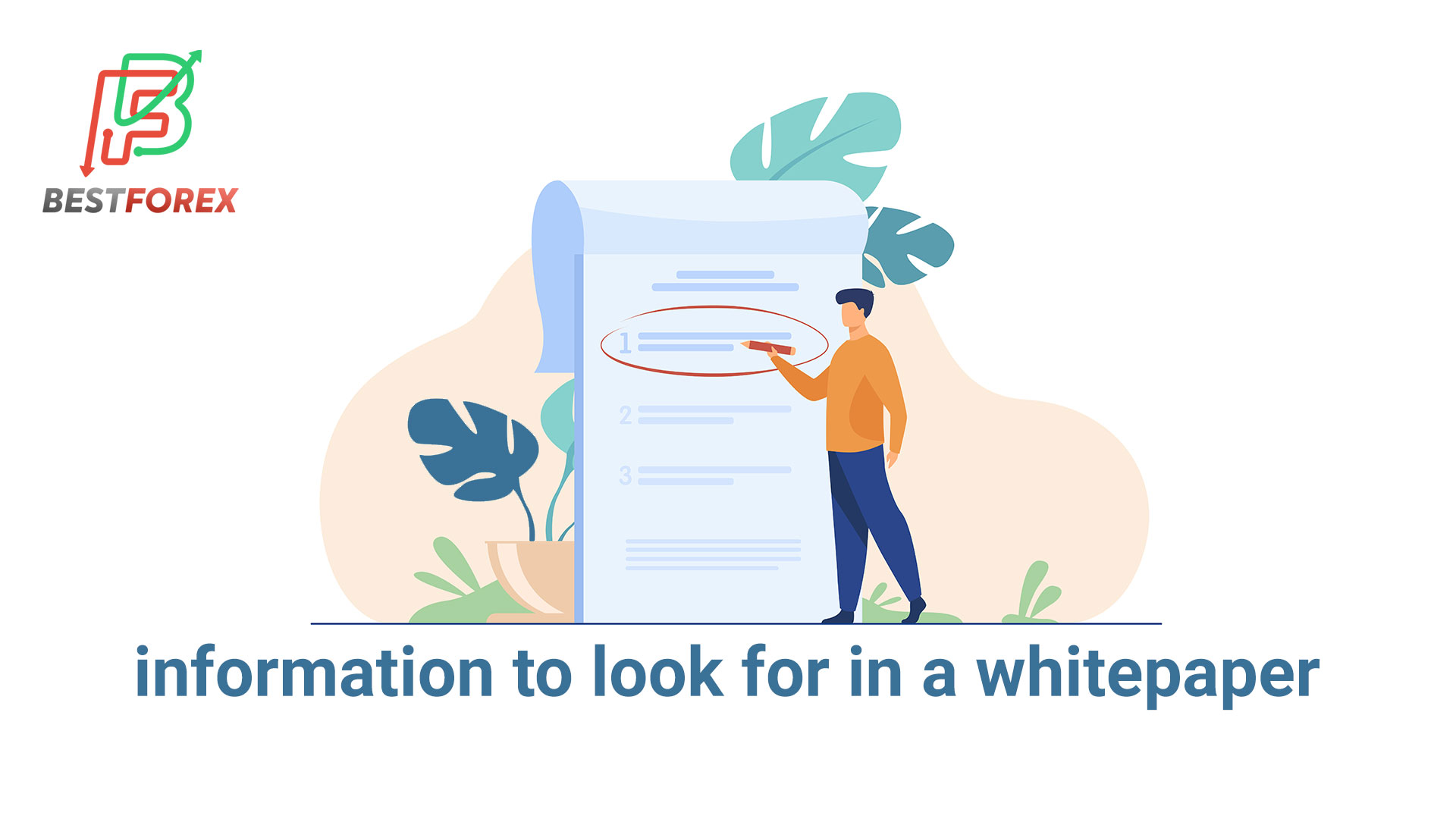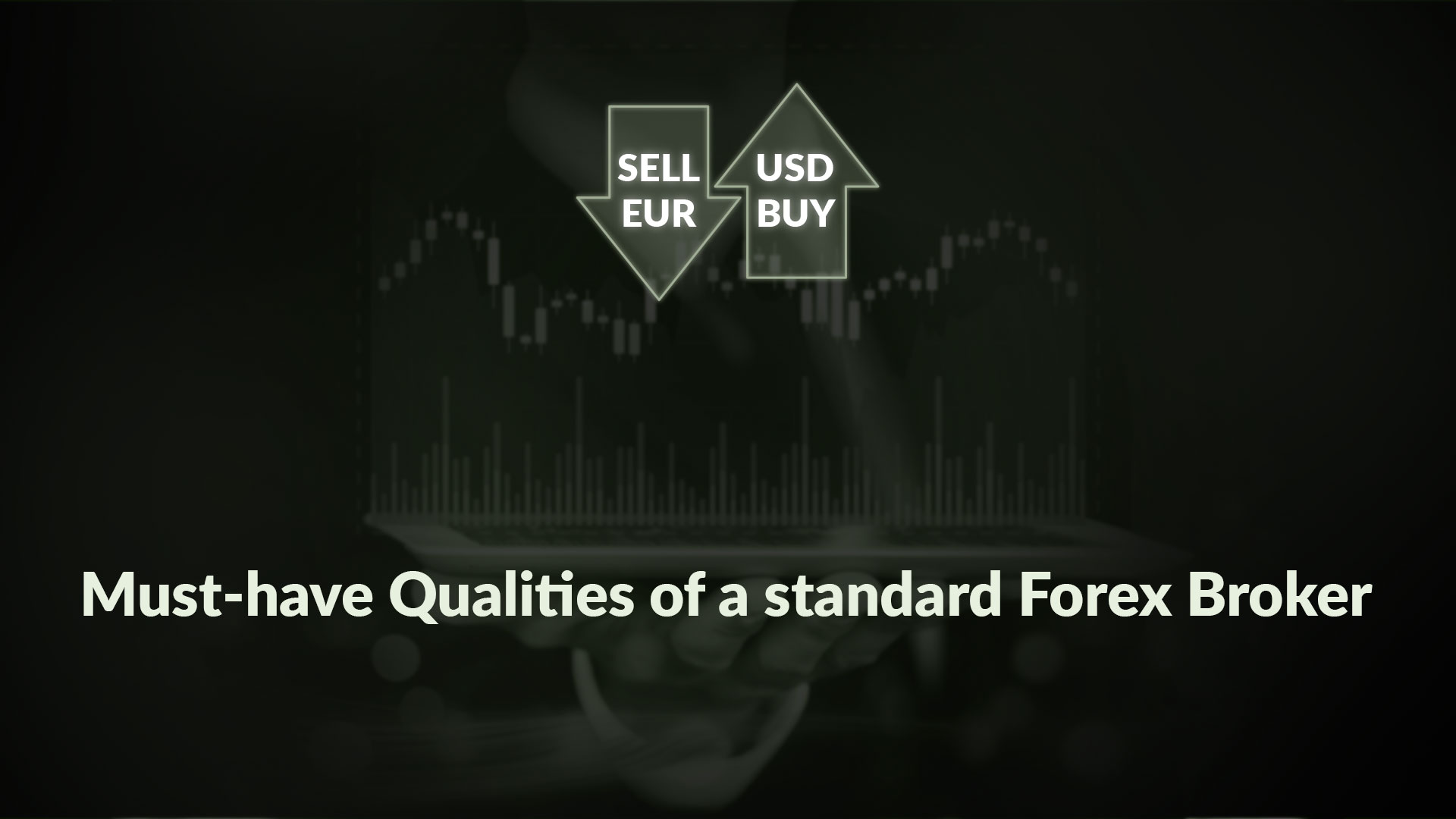
Social trading can be an excellent solution for you if you are a novice trader in the financial markets, especially the Forex market, and need some guidance and help. Social Trading enables you to repeat after successful and professional traders. However, remember that such an approach should be exercised carefully if you want to avoid common mistakes that can cause you losses. In this article, you will find out what social trading is, its difference from copy trading, and which practices will help you benefit efficiently from this approach.
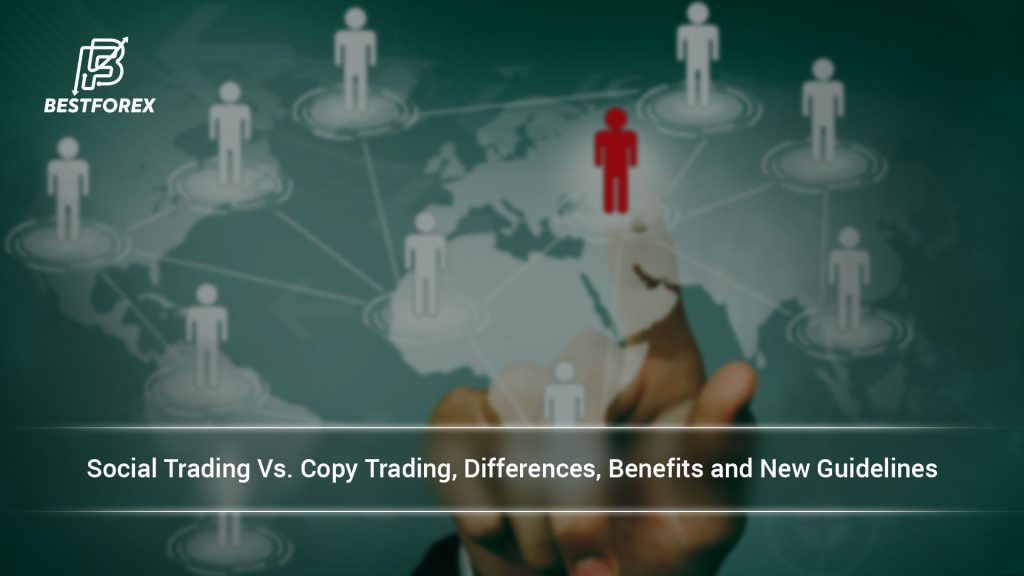
Social Trading Definition
Social trading is a technology that allows novice Forex traders or investors to copy expert traders’ orders in their accounts. Traders can show subscribers their deals, allowing them to borrow some trading experience and communicate with people of different trading backgrounds from all around the globe on the platforms which offer this feature. In addition, social trading allows users to copy other traders’ trades, monitor newsfeeds, and share their ideas and thoughts about market sentiment for a fee. And provide other traders with copying opportunities. All in all, it’s a complete range of tools designed for efficient communication, expertise exchange, and increasing earnings from the Forex market without having much experience and skills. However, social trading involves some risks, which we will discuss later in this article.
Investing and Social Trading
Thanks to social trading, making investment decisions has become much easier than before. Because you can copy other traders’ trades in a percentage-based manner. For diversification and reducing the risk involved, some platforms only allow users to invest up to 20% of their balance in a single trader’s strategy. This is smart since the same trader cannot always perform well and profitably. Besides saving time on market research, social trading can increase users’ profits. Reports show that people who use copy trading gain 10% more successful results than people who trade manually and manage their orders according to their personal preferences and strategies.
Social Trading Vs. Copy Trading
Copy trading is a subtype of social trading which allows new traders to mirror the orders of professional investors and traders. In this case, you do precisely the same things as the traders you follow do. When they sell an asset, your account automatically sells; And when they buy, you automatically buy, too. This strategy can suit those who don’t want to spend time analyzing the market and are ready to take more risks. Theoretically, you can choose a trader and leave your account in his hands virtually.
With social trading, you can access features such as following other traders, tracking their statistics, notifications about other users’ trades and communicating with other traders. Although each trading platform has its features, there’s one common feature that they focus on collaboration and community work. There are many chat rooms or forums on many websites where you can join to discuss your strategies. In social trading, every decision is up to you. This is ideal for people who want complete control over their accounts. That may take longer for you to learn to trade, but you can select your risk/reward ratio and Risk Management strategies and stay entirely responsible for your trades.

Social Trading Vs. PAMM
Both social trading and PAMM services allow investors to make profits without direct participation when an experienced trader manages your account and make trades for you. However, there are some significant differences which are listed below:
- A PAMM service transfers the investor’s funds to the trader’s account for trading. But In social trading and copy trading, the investor’s fund remains in their account, and they can make a withdrawal whenever they want.
- In social trading, the investor can set copy trading parameters (volume, amount, stop loss level) and stop copying at any time. In the PAMM system, the investor cannot make any changes in the trading process until the investment period finishes.
- In the PAMM services, the managing trader can decide which information to share with the investor. Investors see profitability, percentage of income, and commission by default. But in social trading, the statistics are as evident as possible. The managing trader cannot hide anything, and the investor can track closed positions in trading history and currently open ones as well.
- In the PAMM system, the commission of a managing trader can be very high, from 20% to 80% and even higher. Usually, experienced managers set the commission starting from 50%. Contrariwise professional traders have the lowest commissions in social trading. Since many potential investors are in the system, traders reduce the commission to attract them. The average commission is about 20%.
How Social Trading Works
To start social trading, a user registers on a social trading platform and deposits on the account. Offered features need no activation, and users can immediately use the technology. Moreover, its set of functions fully automates the process of copying another trader’s activities and guarantees the safety and reliability of implementation to every participant.
An investor copies trades and shares a part of the profit with the trader as a fee. The amount of commission is pre-set by the trader. And it displays as a copy trading fee in the ranking of traders. The unique feature of social trading is that, unlike in such systems as PAMM, the money is kept in the investors’ accounts. And the pro trader’s trades are copied directly onto the investors’ funds.
Investors can communicate with peers in dedicated chats or contact a trader directly and ask questions before copying their trades. Also, investors can set the system individually to limit the risks. Monitoring traders (ranking) shows the history of trades, profitability charts, and risk estimation of each trader, and it is highly recommended for an investor to check them before coping with any trades.
The Popularity of Social Trading
The growing popularity of cryptocurrencies and other financial instruments has caused many people to want to start Investing. And their number keeps growing yet. However, since lack of experience can be a severe obstacle, social trading could be a great solution. Therefore, many new traders choose this feature to get familiar with different markets and assets. And also learn practical trading strategies by watching what professionals do.
The Social Trading approach and its efficiency are transparent for investors. It is also very user-friendly, especially for beginners. Furthermore, it allows users to cooperate and benefit from each other’s help. This tool allows famous traders to earn extra money besides their trading profit. And novices can make their first steps with fewer mistakes and painful losses with the help of experts. The former is glad to multiply their profits, while the latter borrows efficient trading strategies from them. It’s a mutually beneficial partnership.

Social Trading Samples
As an excellent example of voluntary social trading, we can point to the beginning of 2020 when many people started investing heavily in Cryptocurrencies. Because of rumours had it that the market would explode. In all social media forms, experts were of the same belief. So companies and investors worldwide started buying Cryptocurrencies, eventually resulting in a short squeeze of this market.
Another example is an ordinary occasion. Imagine that trader A from the US wants to earn on Japanese stocks. But needs to learn about local events and news. He needs to gain knowledge of the Japanese language (to read the news from politics or central banking policies) and awareness of market sentiment in real-time. This is where social trading becomes beneficial. Trader A can rely on the experience and expertise of Trader B, who has enough experience in working with Japanese stocks. And follow him on a platform for social trading. However, before delegating his funds to anyone, Trader A should analyze Trader B’s performance.
How Can We Copy Another Trader’s Trades in the System?
The service is similar to when you use it unsystematically. But the investor doesn’t need to monitor trader sentiment on social media or look for insider news. Instead, the investor only needs to select a trader from the ranking with a proven trading history and high profitability, who knows precisely which trades will yield a profit. Then, after making the final decision, the investor attaches their account to the trader’s account. And after that, every trade the trader makes will automatically be copied to the investor’s account.
The Benefits of Social Trading for an Experienced and Successful Trader
The main advantage is that through this tool, they can grow their profit and earn extra money besides their trading account’s profit. In addition to the gains from their trades, they receive a percentage of the profits from copying investors.
How to Use the Service Skillfully
It is believed that most beginner traders would be happy to blindly duplicate a professional trader’s trades. However, if you don’t plan to master this profession and only want to collect profits besides your first job, you can select a successful trader, copy their trades, and contain profits and pay a small percentage as a fee. But if you wish to develop your trading skills and become a pro trader, consider Social Trading as an opportunity to learn from real professionals. And to compare your trading ideas with theirs and make your trading decisions based on their assumptions. Most Social Trading Platforms are developed perfectly well, and, despite being automated, they can still be adjusted. You can copy trades partially, read newsfeeds, or trade independently based on professional decisions.
In any case, you are the winner, and your profits grow. It’s much easier to trade and get high yields in the Forex market when you approach the subject skillfully.

Risk Management in Social Trading
Risk management is one of the most critical skills every trader must learn before starting trading. It is also a crucial aspect of social trading since it allows traders to determine whether the profit is worth the risks and dangers to which they expose their capital. Risk management techniques are rules that will help you make better decisions and reduce risks to protect your balance. Trading is a very stressful job, but through Risk Management, you can reduce your anxiety and perform better. If you are interested in finding new techniques and guidelines, you can refer to our “Risk Management” article.
Some of the essential points of risk management are listed below
- Please pay close attention to an order’s risk/reward ratio since every trader can effort a different risk level on their capital. Some investors copy the trader’s money management system, but we do not recommend that. It is better to build your personal money management strategy.
- Refrain from risking a massive part of your portfolio, even if some successful traders do so. For example, risking 50% of your funds is a very dangerous strategy. As a rule, pro traders don’t recommend putting more than 2% of your portfolio in a single deal or asset.
- See if the position is worth opening or not. If you are hesitating, it is better to opt for another trade or wait for changes in the financial market which gives you a confident opportunity.
- Don’t blindly follow famous trading names! Instead, learn more about the market and try to make your assumptions and predictions.
- Only dedicate some of your capital to one trader. You can choose two or three traders and give each of them some funds in the system. This way, you can divide your risk and make money even if one trader is not profitable.
Final Words
Social Trading is an excellent service from which both novice and professional traders can benefit. Also, it has its own pros and cons, as well as any other service in the forex market, but you can take advantage of it if you use it skillfully. This tool is designed for pro traders to make extra money as they trade and also for new traders to benefit from the experience and proficiency of the experts. If you were planning to start Social Trading, you could begin it more confidently after reading this article.












